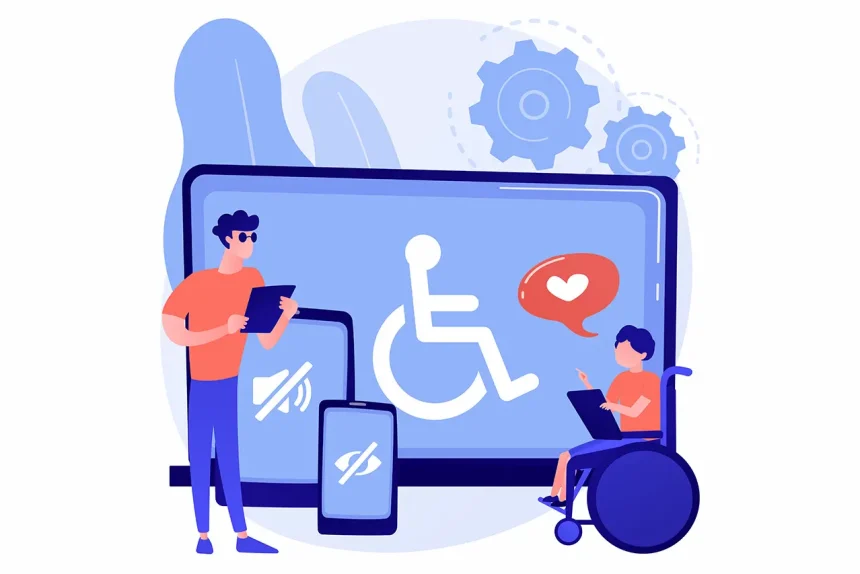Understanding Assistive Technology in Occupational Therapy
Assistive technology plays a critical role in occupational therapy, allowing individuals with various disabilities to enhance their independence and performance in everyday tasks. While typically associated with electronic devices, in occupational therapy, it also involves adaptive equipment that meets the unique needs of each individual.
Commonly Used Assistive Technology Devices
Occupational Therapy Assistive Technology Devices
Explore a range of devices tailored for occupational therapy, designed to aid individuals with disabilities in performing daily tasks more independently and effectively.
Expanded Keyboard Assistive Technology
The expanded keyboard is particularly beneficial for users with severe upper extremity coordination deficits, as it offers a larger surface area, making typing more manageable.
Example: A 16-year-old boy with quadriplegic cerebral palsy utilizes an expanded keyboard to participate in classroom activities.
Adaptive Keyboard for Cerebral Palsy
Specific devices, like adaptive keyboards, are tailored to meet the needs of individuals with conditions such as cerebral palsy, enhancing their ability to communicate and perform tasks independently.
Accessibility Features in Digital Devices
Devices today come with built-in accessibility settings catering to various needs, from adjusting screen and print size to enabling voice commands.
- Screen magnification options
- Speech-to-text functionalities
- Customizable contrast settings
Assistive Devices Occupational Therapy Utilizes
From augmentative communication devices to environmental controls, occupational therapy leverages various tools to improve the quality of life for patients with disabilities.
For instance, environmental controls allow users with disabilities to manage their home environment via voice commands or switches, enhancing autonomy.
Assistive Equipment in Occupational Therapy Practice
Distinctive equipment in occupational therapy includes large-key keyboards and keyguards, each serving specific functions for people with coordination or vision challenges.
Real-World Examples and Application
Consider the following practical applications of assistive technology:
- A teenager with low vision using a large-key keyboard to complete school assignments.
- A patient with multiple sclerosis utilizing a trackball mouse to navigate computer screens.
- Users with speech impairments benefitting from augmentative communication devices for non-verbal communication.
Enhancing NBCOT® Exam Prep with Assistive Technology Knowledge
Understanding assistive technologies is crucial for NBCOT® candidates, as it equips them with the knowledge needed to design and implement effective interventions. Incorporate regular reviews of these technologies and consider case studies to apply this information in real-world scenarios.
Want detailed practice tips to ace the NBCOT® exam? Join now for full access!
What is the role of assistive technology in occupational therapy?
Assistive technology in occupational therapy enhances the independence and performance of individuals with disabilities by providing adaptive equipment and devices tailored to their specific needs.
What are common assistive technology devices used in occupational therapy?
Common devices include expanded keyboards for better typing, adaptive keyboards for specific conditions like cerebral palsy, and built-in accessibility features in digital devices such as screen magnification and speech-to-text functionalities.
How does adaptive equipment like the expanded keyboard benefit users?
The expanded keyboard offers a larger surface area, making it beneficial for users with severe upper extremity coordination deficits, allowing them to type more effectively.
How do augmentative communication devices aid individuals in occupational therapy?
Augmentative communication devices facilitate non-verbal communication for users with speech impairments, enabling them to express themselves and perform tasks independently.
Why is knowledge of assistive technology important for NBCOT® exam preparation?
Understanding assistive technologies is crucial for NBCOT® candidates as it helps them design effective interventions and equips them with knowledge for real-world scenarios, contributing to exam success.



